What’s a brand?
Before I dive into the importance of branding and how to build a brand. Let’s go back to the basics. What is a brand?
A brand is a feature or set of features that distinguish one organization from another. A brand typically comprises of a name, tagline and logo. Moreover, it also includes symbols, design, brand voice, and much more. Furthermore, it also refers to the overall experience a customer undergoes when interacting with a business. For instance; as a shopper, customer, social media follower, or mere passerby.
What is branding?
Branding is the process of researching and developing. Moreover it is also applying a distinctive feature or set of features to your organization. Moreover, it is so that consumers can begin to associate your brand with your products or services. Branding is an iterative process and requires getting in touch with the heart of your customers and your business. It’s important for a variety of reasons. I will dive into these next.
“Your brand is arguably one of your organization’s most important assets. It gives your organization an identity, makes your business memorable, encourages consumers to buy from you, supports your marketing and advertising, and brings your employees pride.”
– Jesica ReminaRead more: 9 Successful Brand Development Strategy For Your Business
Brand identity
Brand identity is the personality of your business and the promise you make to your customers. It’s what you want your customers to walk away with after they interact with your brand. Furthermore, your brand identity is typically comprised of your values. How you communicate your product or service, and what you want people to feel when they interact with it.
Brand management
Brand management refers to the process of creating and maintaining your brand. Moreover, it includes managing the tangible elements of your brand (style guide, packaging, color palette), Furthermore, it also manages the intangible elements (how it’s perceived by your target audience and customer base). Hence, your brand is a living, breathing asset, and it should be managed as such.
Brand recognition
Brand recognition is how well a consumer (ideally in your target audience) can recognize and identify your brand. Without seeing your business name. That is; through your logo, tagline, jingle, packaging, or advertising. This concept goes hand-in-hand with brand recall, which is the ability to think of a brand without any visual or auditory identifiers.
Brand trust
Brand trust refers to how strongly customers and consumers believe in your brand. Do you deliver on your marketing promises? Do your salespeople and customer service go above and beyond? These things can create trust among your customers. Moreover, this is important in a world where a mere 25% of people feel confident in large businesses.
Brand valuation
Brand valuation is the commercial valuation of your brand derived from consumer perception, recognition, and trust. Moreover, this concept goes hand-in-hand with brand equity. A powerful brand can make your business invaluable to investors, shareholders, and potential buyers.

Branding Important Points
- Determine your target audience
- Establish your mission statement
- Define your values and features.
- Create your visual assets
- Find your brand voice
- Put your branding to work.
- Moreover, focus on your brand image and benefits



